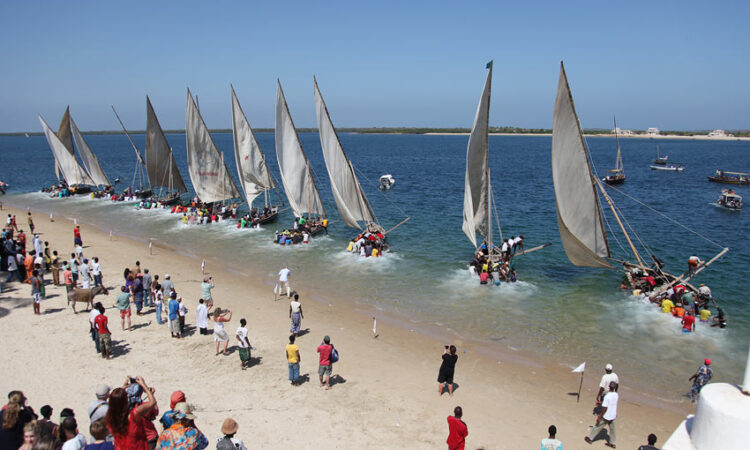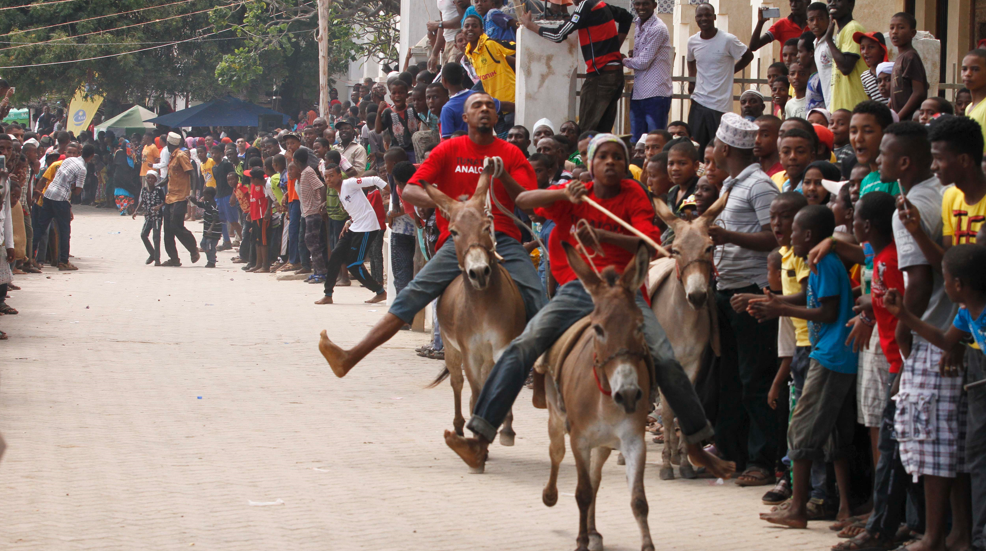
Cultural Festivals among Coastal People of Kenya
Cultural Festivals among Coastal People of Kenya: Kenya’s coastline is over 500km and is located on the eastern side of the country along the Indian Ocean with active cities, beautiful and quiet beaches, and multicultural people. The coastal area consists of a number of ethnic groups, which have distinct cultures, languages dialects and belief systems. Often during the calendar year, these cultures get to practice their unique identity through a series of festivities. Such festivals expose the cultural heritage of the Kenyan coast as well as give the visitor the flavor of traditional music, dancing, drawings, and foods. Here is a description of some of the most popular cultural festivals among the coastal people of Kenya.
Lamu Cultural Festival
Lamu Cultural Festival, which takes place in Lamu Town annually, is one of the most popular and colorful festivals on the Kenyan coast. This festival was initiated in 2001 and is an active celebration of Swahili culture, the inhabitants of Lamu Island being in fact descendants of Swahili traders who date back to the medieval age. The festival usually occurs in November and spans several days.
Lamu Cultural Festival which is held annually involves movement from the main streets of Lamu Town whereby participants are decorated in traditional regalia, and engage in music, dance, and theatrical performance. These range from dhow races, donkey races, and poetry reading from the traditional Swahili collection known as wayanga. The dhow races are particularly spectacular since the sailboats are rather brightly painted wooden boats brought from the Indian Ocean on a race.
Those who attend the festival can also be able to feast their eyes on the beauty of Swahili architecture in the traditional houses and mosques that are chock full of carvings. It is after the festival to immerse one in the cultural flavor of the Swahili corridor with the foods so as local foods such as biryani, and pilau among other foods will be available.

Taita Festival
Another cultural festival found in the coastal region of Kenya is of the Taita people of Taita Hills in which they hold the Taita Festival. This festival which is normally organized in December is one that seeks to promote the cultural aspects of the Taita people with emphasis on their music, dances as well as crafts.
The Taita Festival presents several cultural activities including Taita dances, drama, music, storytelling, Sale of Taita cultural products including beads and mats among others. The other important activity to watch at the festival is the “Kenge” dance which is usually by the Taita people a dance that displays fluency of movements, colors and rapture.
However, the Taita Festival also has features of agricultural shows where farmers take their crops and animals around for display. This aspect of the celebration is informative, educating the community, especially the youth about the role of agriculture in the Taita society and at the same time availing an opportunity for the promotion of the region’s agricultural produce.
Swahili Festival
The Mombasa Swahili festival aims to honor the great cultural background of the Swahili people who were traders and sailors in the coastal region of East Africa. This festival is held every year in the month of July and the major focus is Swahili culture, traditions, and history.
Some of the activities that are exhibited by performers during the Swahili Festival include; music and dance, art and food. The festival also includes dances, drama, and artist performances re-enactments, and educative sessions that help the Swahili people to learn more about their history and traditions.
Another important event is the competition of the traditional Swahili boat called dhow, elaborated with bright ornaments, which sail along the coast. To this, there is added the bustle of cooking and friendly feasting that pervades the sense of smell, where the smells of freshly grilled fish, spicy sauces, coconut stews etc pervade the senses.
Mombasa Carnival
Mombasa Carnival is an annual cultural festival that is conducted on the streets of Mombasa town in the month of November. This carnival is basically a cultural show that targets the rich ethnical-linguistical diversification of the sea coast and involves not only the locals but tourists from other parts of the state and even the country and overseas.
Mombasa Carnival has music and dance troupes, decorated floats, and rousing costuming in a colorful parade. The parade is a replica of the communication, dress, dance and musical features of the Kenyan coastal ethnic groups.
Besides the parade, there are other activities like music shows, cultural shows, and sales of different foods and beverages both traditional and intercontinental. The Mombasa Carnival is a celebration of unity and togetherness with a focus on the Kenyan coastal strip as an important part of one nation.
Wazarika Festival
Another cultural event that is still new but receiving more patronage is the Wazarika Festival of the Zaramo people of Tana River County. Traditionally held in August it is a music and dance spectacle that is steeped in the traditional culture of the Zaramo people.
The festival is marked with tribal Zaramo music and dance specialties, as well as recitation of folktales. There are also other performances of Zaramo groups, whereby they exhibited their works such as beading as well as potter ceramics. The Wazarika Festival gives a platform through which the community and the visitors can get to understand the traditional behaviors of the Zaramo community and their impacts on the enhancement and development of the cultural sector of the coastal region of Kenya.
Practical Information for Visitors
– Travel and Accommodation: By air and road Mombasa, Lamu, and Tanga are linked They are coastal cities of Kenya and Tanzania respectively. As with food, there is a wide variety of places you can stay in the country, from five-star hotels to hostels. One should engage in prior booking of lodgings, especially during the festival periods.
– Local Customs:: If one gets a chance to attend cultural festivals, they should respect the cultural practices during such events. Some caves can only be entered bare-footed and women should not wear trousers but rather skirts when attending religious places of worship and ceremonies. In as much as one may wish to capture a moment, there is nothing wrong with asking for permission from the people concerned especially if they are featured in the photograph to be taken.
– Health and Safety: Make sure you are up-to-date with your vaccinations and make every effort possible to avoid getting bitten by a mosquito. It is also wise to bring some first aid kit and water because the park is really hot most of the time you visit.
Cultural Festivals among Coastal People of Kenya: Conclusion
These cultural festivals of agricultural societies in the Kenyan coastal areas are colorful and full of fun for the tourists commonly desirous of deep insight into the cultural endowments of this socio-culturally diverse country. They did not take part in the Lamu Cultural Festival which displayed plenty of dances and attractions but they got the feel of the peoples and the history in other festivals such as the Mombasa Carnival. For cultural lovers, especially those with interests in music and dance, foods, or handmade products, Kenya’s coast festivals are a sure bet that will provide you with an experience that is unforgettable of the splendor of this part of East Africa.


